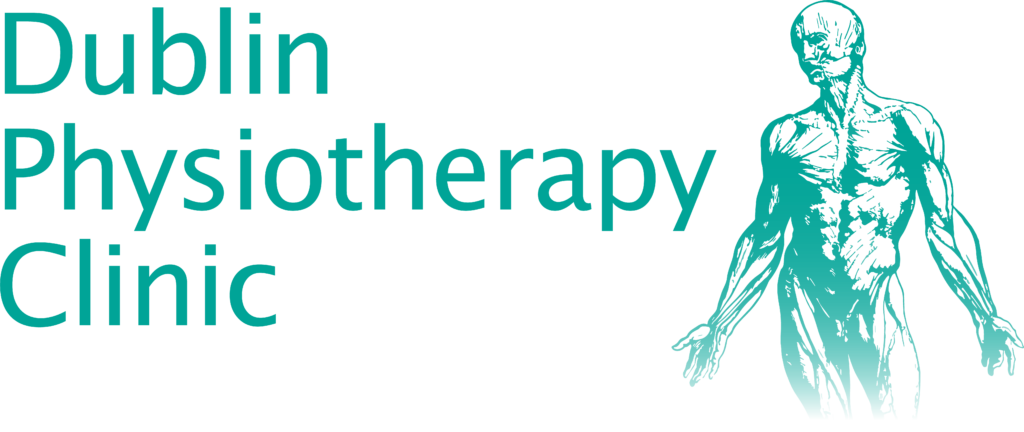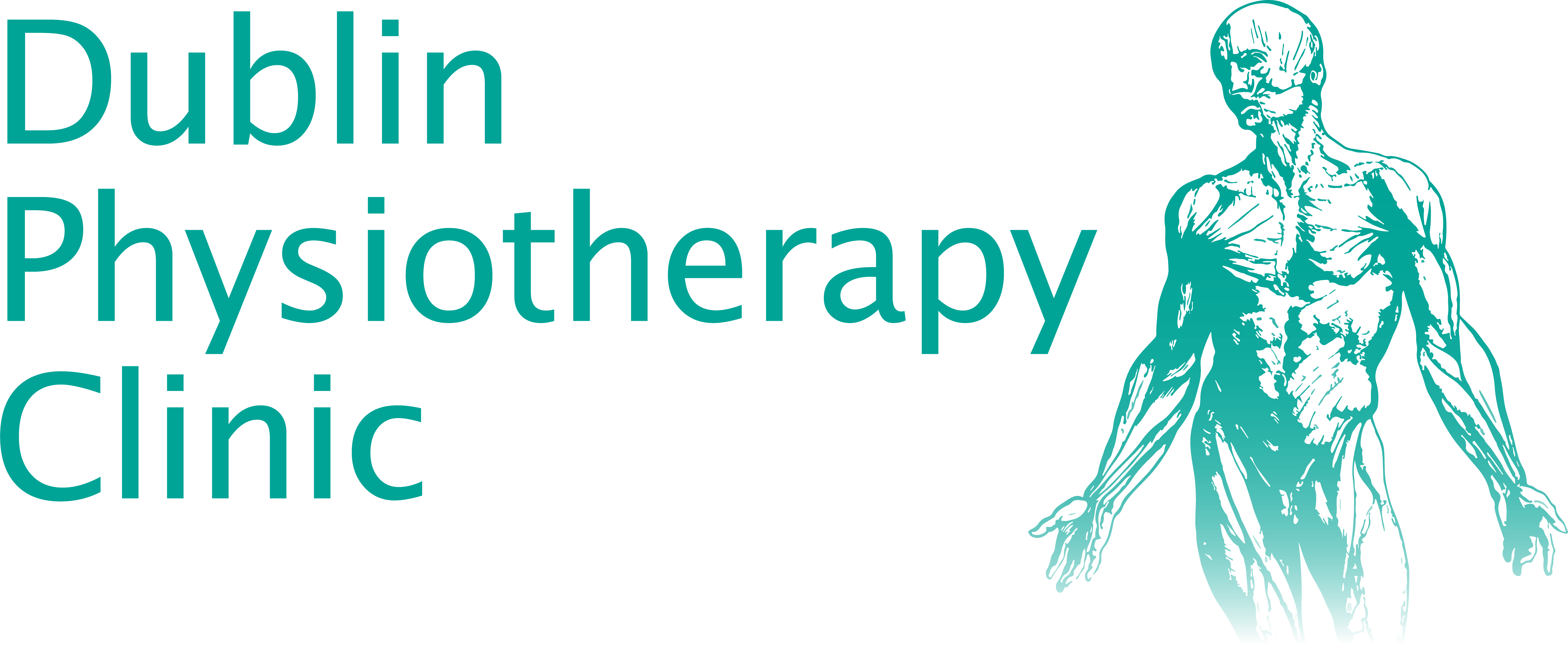Once again, David Fitzgerald from Dublin Physiotherapy talks about an interesting topic both for patients and practitioners; muscle activation.
Very often, David says, he has worked with patients who decided to start a strengthening-related program for a variety of different reasons. Among the most common causes behind this lifestyle change, we usually find a medical scare, the necessity to start exercising after a long period of inactivity or women willing to get back in shape after childbirth.
As always, we will give you a summary of what David discusses in his video, however, if you would like to hear it for yourself, make sure you watch the video below!
Common issues deriving from the lack of muscle activation
The most common issue deriving from the lack of muscle activation is the fact that most people don’t execute their exercise routine properly. This is a common mistake people make when they decide to create their own exercise plan without asking for a professional opinion first and, while in most cases this doesn’t have any repercussions on the patient’s health on the long-run, a wrong exercise routine can cause great discomfort.
The secondary issue resulting from executing the wrong exercises is a sense of extreme frustration; as David also says in his video, the patients are very well-intentioned, however, despite all their efforts, their muscle activation exercises don’t seem to have any apparent benefits for them.
If on the one side of the spectrum there are people putting the work in the wrong type of exercises and getting nothing out of it, on the other side we find people training athletically in the gym who sometimes end up loading too much weight on. Besides resulting in the exercise breaking down, an excessive load can also cause an overload on the joints, putting the individual at risk of potential injury.
Why is muscle activation important?
Muscle activation is fundamental to prevent all these issues from happening, giving your body a push in the right direction.
Right before starting any type of exercise it is good practice to give the interested muscle a shake or a squeeze in order to indicate to your body what to use during the execution of the exercise routine. As David explains in the video when exercising we should be in control of our body’s movements and not vice-versa. Muscle activation is a good way to prevent any injuries by identifying a target muscle you want to use and letting your body do the rest.
From a clinician’s point of view, it is fundamental to be very alert in order to identify trick moving patterns causing pain to the patient.
Of course, muscle activation is not something your body needs when doing any type of “day-to-day” activities, such as bending or lifting. We are in fact talking about something used for more complicated tasks, usually involved in a complete workout.
The information surrounding muscle activation are many and confusing; one the one hand we have people who are against activating muscles before their workout as they believe this is time wasted. On the other hand, however, many are confident that practicing muscle activation before every workout is time well spent.
The conclusions on muscle activation
There is still a very strong debate around whether or not muscle activation could be helpful in order to achieve better results from your workouts. This is a common issue and certainly something that David has seen many times in his clinic so why is it that people are still feeling skeptical about the benefits of activating their muscles before a workout?
Today’s vlog gave you some great insights on a very interesting topic once again and it would be interesting to know if you think you will try muscle activation next time you exercise or if you prefer sticking to a “muscle activation-free” type of routine for the time being.
So, after reading (or listening to) what David had to say about the topic, what side are you on?
That is all for today’s topic, make sure you keep an eye out for next week’s new video with David Fitzgerald!





